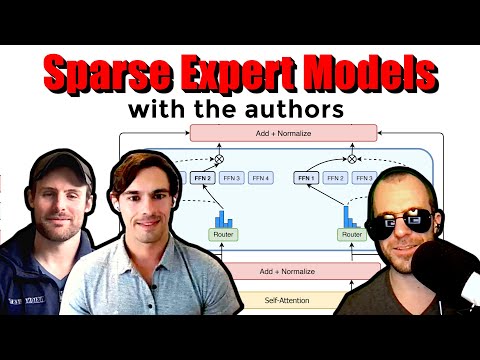Description:
Explore the world of Sparse Expert Models in this comprehensive interview with Google Brain researchers Barret Zoph and William Fedus. Delve into the fundamentals, history, strengths, and weaknesses of these innovative models, including Switch Transformers and GLAM, which can scale up to trillions of parameters. Learn how sparse expert models distribute parts of Transformers across large arrays of machines, using routing functions to efficiently activate only specific parts of the model. Discover the advantages of this approach, its applications in natural language processing, and potential future developments. Gain insights into the comparison between sparse and dense models, the improvements made by GLAM, and the possibilities of distributing experts beyond data centers. Whether you're a machine learning enthusiast or a seasoned researcher, this in-depth discussion provides valuable knowledge on the current state of the art in sparse expert models and their potential impact on the field of artificial intelligence.
Read more

Sparse Expert Models - Switch Transformers, GLAM, and More With the Authors
Add to list